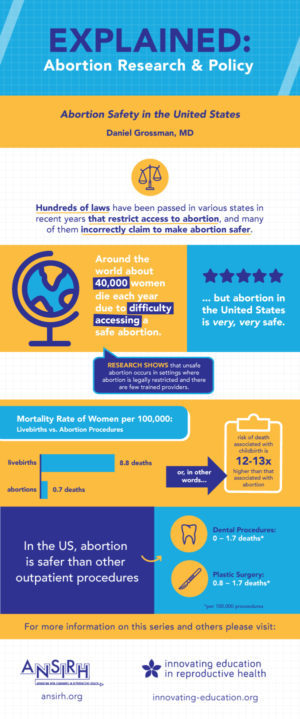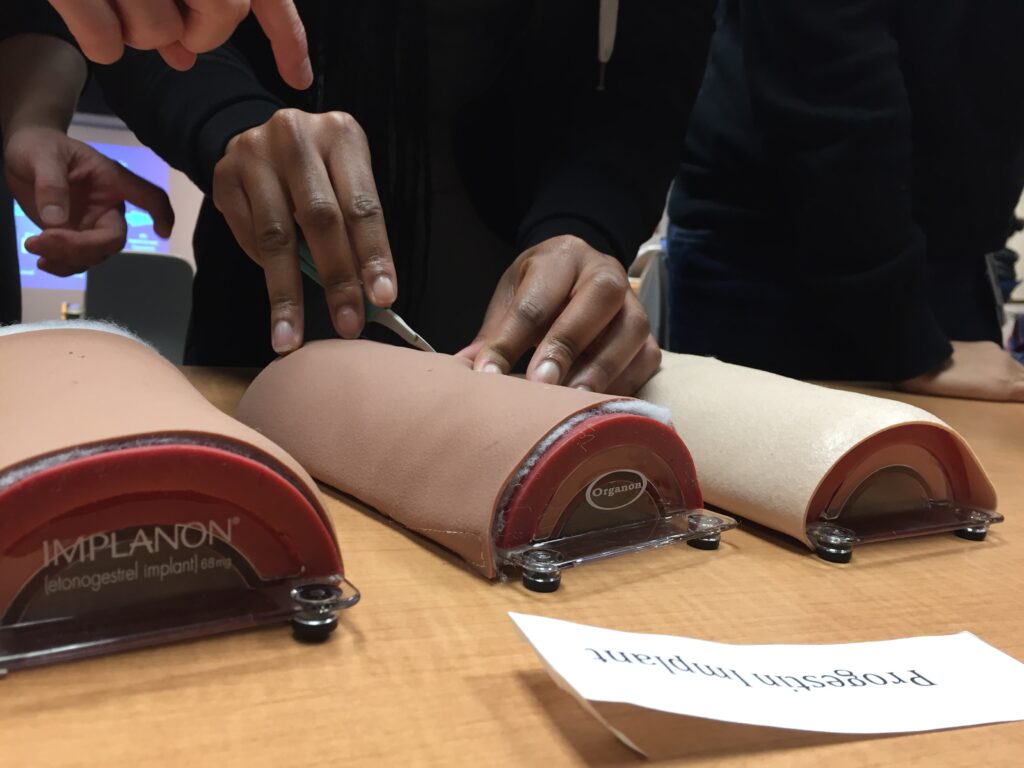-
Resource
This is How I Teach: SDM with LARC Methods
Presented by: Christine Dehlendorf, MD, MAS University of California, San FranciscoNovember 4, 2016
-
Resource
Targeted Regulation of Abortion Providers (TRAP Laws) Lecture
Presented by: Daniel Grossman, MD University of California San Francisco Click here to download the TRAP Laws Lesson Plan with Quiz ___________________________________________________________________…November 4, 2016
-

-
Resource
Targeted Regulation of Abortion Providers (TRAP Laws)
Presented by: Daniel Grossman, MD University of California San Francisco _________________________________________________________________________________ Gerdts, C, et al. (2016). “Impact of Cl…November 3, 2016
-
Resource
This is How I Teach: Postpartum IUD Insertion
Presented by: Sarah Prager, MD, MAS University of WashingtonOctober 21, 2016
-
Resource
This is How I Teach: Post-Abortion Hemorrhage
Presented by: Biftu Mengesha, MD University of California, San FranciscoOctober 12, 2016
-

-
Resource
Abortion Safety in the United States
Presented by: Daniel Grossman, MD University of California San Francisco ______________________________________________________________________ Forouzanfar MH, et al. (2015). “Global, regional…October 6, 2016
-
Resource
Abortion Safety in the United States Lecture
Presented by: Daniel Grossman, MD University of California San Francisco Click here to download the Abortion Safety in the United States Lesson Plan with Quiz ________________________________________…October 6, 2016
-

Resource
Contraception and Counseling Simulation Workshop
This workshop is intended to teach contraception and counseling to 2nd year medical students in a way that prepares them for clinical encounters. Jody Steinauer, … <a href="https://www.innova…August 3, 2016
Sort
Filter by Type
Filter by Topic